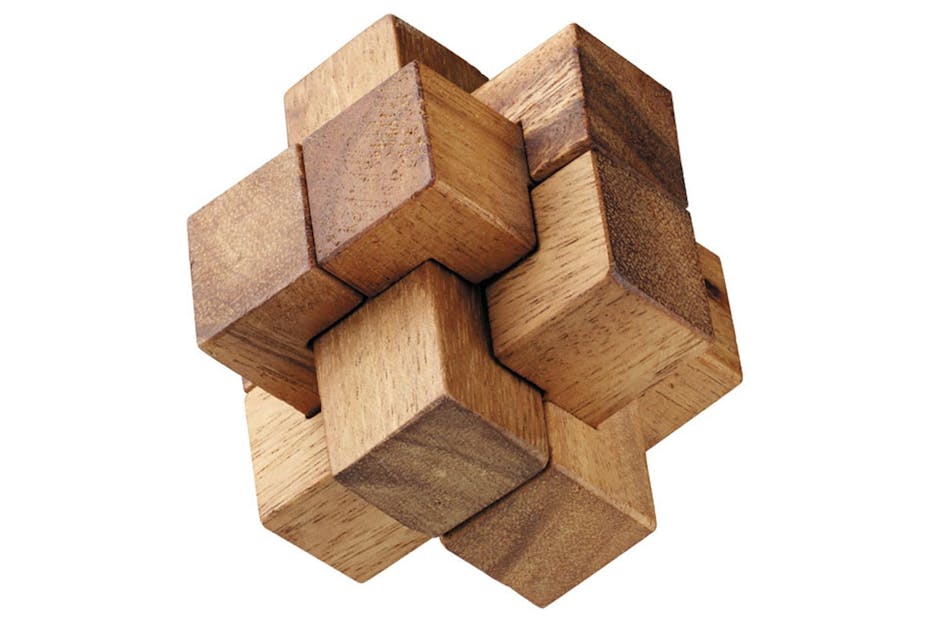When we agree to send our young men and women to war, we expect the reasons why to be made clear. At least some of us will want to subject that explanation to scrutiny at the time, and often even more so with hindsight. That’s why having access to historical documents is an important democratic right.
The US sent hundreds of thousands of troops into the disastrous eight-year war in Iraq, propelled by Iraq’s supposed breaches of agreements under the Non-Proliferation Treaty (NPT) and guided by rules negotiated at the International Atomic Energy Agency (IAEA).
The IAEA, founded in 1957, was set up to champion the peaceful use of nuclear science (“atoms for peace”). The NPT, established in 1968, was intended to prevent the spread of nuclear weapons beyond the nuclear states of the US, USSR, UK, France and China by regulating the movement of uranium and other nuclear material and equipment across national borders. Not only has it failed to do so – Israel, India and Pakistan have acquired nuclear weapons since – but in Iraq we had an example of IAEA rules, and the inspectors that ensure they are followed, being used to justify conventional wars.
While this was evident in Iraq, the same game of nuclear brinkmanship is being played out now through negotiations dragged out over several decades between the political leadership of Iran and the IAEA’s various member nations.
Yet, for all the IAEA’s demands of openness, peering into the organisation’s workings and history is like trying to prise open an impossibly stubborn black box.
Do as I say, not as I do
Why is it so difficult for researchers to obtain useful documentation from the IAEA archives? Perhaps there are reasons to remain opaque about ongoing discussions. However, if our elected officials are pushing Iran (or any country) on their nuclear programs, it is our responsibility to take a hard look at the history of the negotiations. That means reading through the detailed discussions at the IAEA, not just about Iran or Iraq, but about the whole nuclear industry.
What technologies were originally considered dangerous, when the first nations signed on to the NPT? What attitudes about national sovereignty and commercial development prevailed then? What concerns about an imperial, European- and US-dominated nuclear world were vented in these early discussions? This history is key to making informed contemporary decisions about fairness, good faith, promises made, and promises kept.
Fortunately some of this documentation is available, scattered in national archives and private collections throughout the world. But you won’t find it at the IAEA in Vienna.
Conducting a paper chase
At a recent academic conference on the origins of the Non-Proliferation Treaty, a fellow panelist surprised me by noting how frustrated she’d felt in reading my pre-circulated paper. I braced for a withering critique but instead was complimented on how, while she’d searched in vain at the IAEA archives for even basic negotiating documents on nuclear safeguards, my paper cited meetings of the IAEA Board of Governors. I had found them in the UK National Archives, as at IAEA they are still under wraps.
I have spent many years triangulating Cold War stories between the archives of governments, international agencies, personal papers, and independent bodies. Sometimes what is considered sensitive in one country can be found in perfectly open, long-declassified documents in another. Why does the IAEA continue to guard secrets from decades past?
The IAEA claims it is obliged to withhold documents until all of the countries mentioned in them agree to declassification. In practice, this guarantees permanent secrecy.
I understood my colleague’s frustration, as I have also met a blank wall working in the IAEA archives. Years ago I discovered a trove of documents about Ronald Silow, a scientist who had, after working at a joint FAO-IAEA unit on agricultural applications of atomic energy, penned memos denouncing what he saw as the agency’s unethical behaviour.
I found the documents in Rome, at the archives of the Food and Agriculture Organisation. But when I looked into Silow’s story in the official history of the IAEA, I found only obscure references to him, his name unmentioned. When I searched the IAEA archives, the trail led nowhere: no documents related to his case were available. One document listing employees simply showed his name, crossed out.
Chequered history
The IAEA is different from other agencies in the United Nations system. Unlike the agencies devoted to food and agriculture, global health, or to science, education, and culture, the IAEA’s remit is to promote a single set of technologies – but its remit also hands it the position of both chief salesman and chief arbiter of controversies about peaceful and military uses. It is a hammer in search of nails, but is uncomfortable with historical facts about the quality of its workmanship.
The agency has a long way to go to demonstrate it understands the need for transparency. The standards it has set since the 1960s are at the cornerstone of today’s major controversies, leading to years of deadly war and leaving countries riven by internal strife. Differences of interpretation of them make the positions of the US and Iran appear irreconcilable. We are in the ridiculous position of asking experts at the IAEA for guidance that may or may not lead to more young men and women being placed in harm’s way, simply to prevent dangerous material from falling in the wrong hands. The IAEA owes us access to its history.

